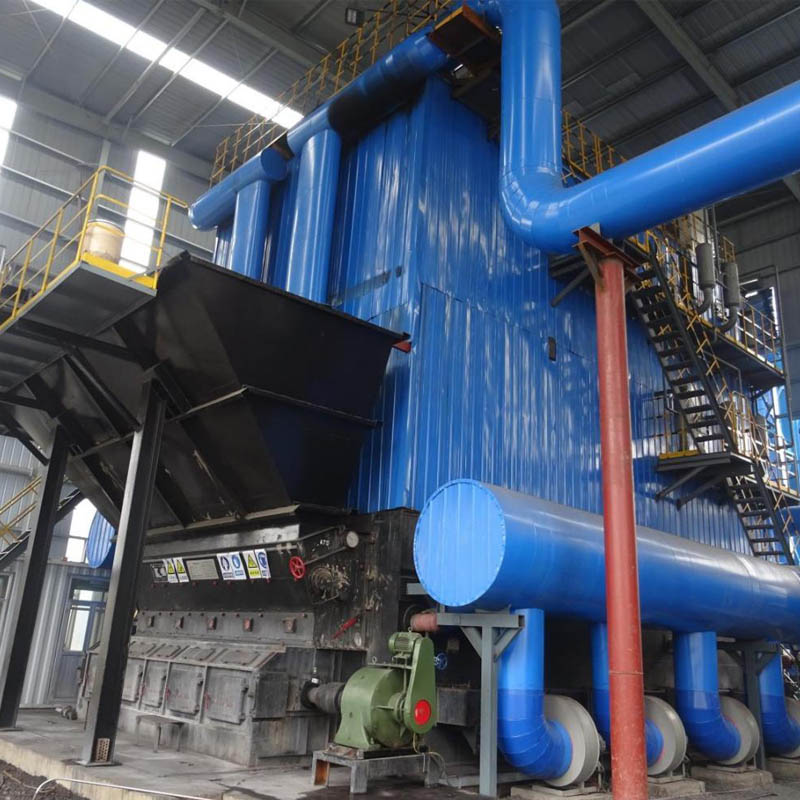
Nov . 15, 2024 20:22 Back to list
how to maintain a steam boiler
How to Maintain a Steam Boiler A Comprehensive Guide
Steam boilers are crucial components in many industrial processes, providing the heat and energy needed for various operations. To ensure optimal performance, efficiency, and longevity of a steam boiler, regular maintenance is essential. This article will explore key maintenance practices that every boiler operator should follow.
1. Regular Inspections
Routine inspections are the foundation of effective steam boiler maintenance. Operators should schedule daily, weekly, monthly, and annual inspections based on the manufacturer's recommendations and local regulations. During these inspections, check for leaks, corrosion, or any signs of damage. Pay close attention to critical components such as the pressure gauge, water level indicator, and safety valves. Report any anomalies immediately to mitigate potential hazards and downtime.
2. Water Quality Management
The quality of water used in steam boilers is vital to their performance and lifespan. Contaminants in water can lead to scale buildup, corrosion, and ultimately, failure of the boiler components. Regularly testing the water quality for pH levels, hardness, and the presence of dissolved solids is essential. Implement a water treatment program that may include chemical additives, filtration systems, and regular blowdowns to remove sludge and sediment.
3. Blowdown Procedures
Blowdown is a critical process that helps control total dissolved solids (TDS) in the boiler water. By removing a portion of the concentrated water, blowdown reduces the concentration of impurities, thus preventing scale formation and corrosion. There are two types of blowdown surface and bottom. Surface blowdown removes scum and floating debris, while bottom blowdown purges sediment from the bottom of the tank. Operators should perform blowdown procedures according to the manufacturer's guidelines, typically on a regular schedule, to maintain optimal water quality.
Over time, accumulations of scale, soot, and other deposits can hinder a steam boiler's efficiency. Regularly cleaning the boiler and its components is essential. The frequency of cleaning depends on the type of fuel used and the operational conditions of the boiler. For instance, oil-fired boilers may require more frequent cleaning than natural gas-fired units. Use appropriate cleaning agents and methods as per the manufacturer’s instructions to avoid damaging components.
how to maintain a steam boiler

5. Maintain Proper operating Conditions
Keeping the boiler in its designed operating conditions is critical for safety and efficiency. Operators should continuously monitor the pressure and temperature, ensuring they remain within the safe range. Regularly calibrating gauges and safety devices helps in accurately assessing the operational status. Moreover, ensure that the steam pressure set points are correctly adjusted according to load requirements to optimize energy efficiency.
6. Safety Valve Testing
Safety valves are a vital safety feature in steam boilers, designed to release excess pressure. Testing these valves regularly is crucial to ensure they function correctly. Operators typically conduct testing as part of the annual inspection procedure. Follow the manufacturer's recommendations and local regulations on how frequently to test and maintain safety valves, and replace any that do not perform as expected.
7. Training and Documentation
The effectiveness of any maintenance program depends significantly on the knowledge and training of the personnel involved. Operators should undergo regular training to stay updated on the best practices and safety procedures related to steam boiler operation and maintenance. Moreover, comprehensive documentation of maintenance activities, inspections, and repairs is essential. This documentation provides a valuable history of the boiler’s performance and can help identify patterns, inefficiencies, or emerging issues.
8. Engaging Professional Services
While routine maintenance can be managed in-house, hiring professional boiler technicians for annual inspections, repairs, and comprehensive cleaning is a prudent choice. These professionals have specialized training, expertise, and access to advanced tools that can enhance the maintenance process. They can also provide valuable recommendations for improving efficiency and safety.
Conclusion
Maintaining a steam boiler is a multifaceted process that requires diligence, attention to detail, and proactive management. By following these essential maintenance practices, operators can enhance the efficiency, reliability, and safety of their steam boilers. Regular inspections, proper water quality management, blowdown procedures, routine cleaning, and ongoing training are foundational elements that contribute to the successful operation of steam boilers in any industrial setting. Prioritizing maintenance not only ensures compliance with safety regulations but also extends the life of this vital equipment.
-
Efficient Biomass Fired Hot Water Boiler | AI Heating Solution
NewsAug.01,2025
-
High-Efficiency Gas Thermal Oil Boilers | HPT Models
NewsJul.31,2025
-
Oil Fired Hot Water Boilers Sale - High Efficiency & Affordable
NewsJul.31,2025
-
High-Efficiency Commercial Oil Fired Steam Boiler for Industry
NewsJul.30,2025
-
High-Efficiency Biomass Fired Thermal Oil Boiler Solutions
NewsJul.30,2025
-
High Efficiency Gas Fired Thermal Oil Boiler for Industrial Heating
NewsJul.29,2025
Related PRODUCTS






















